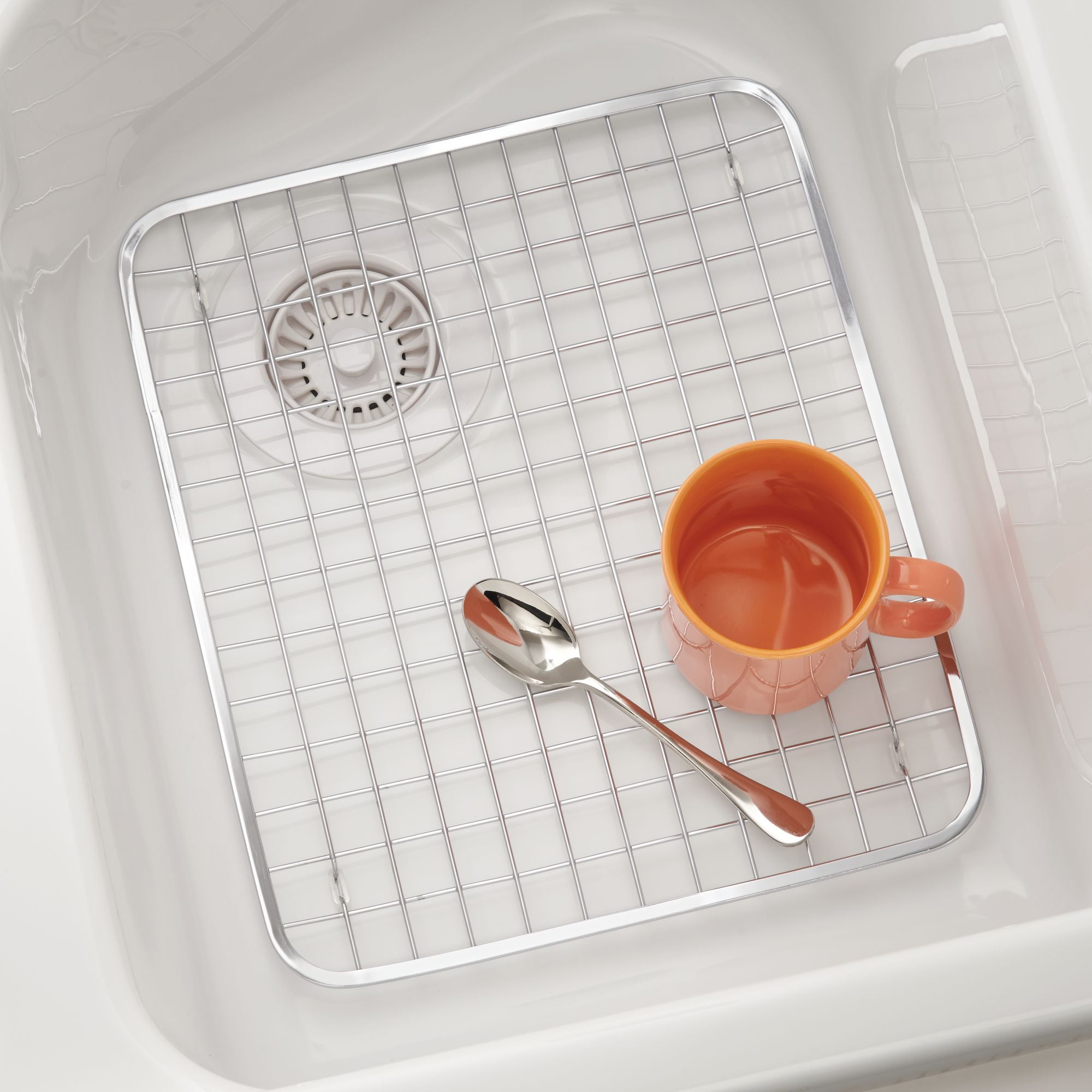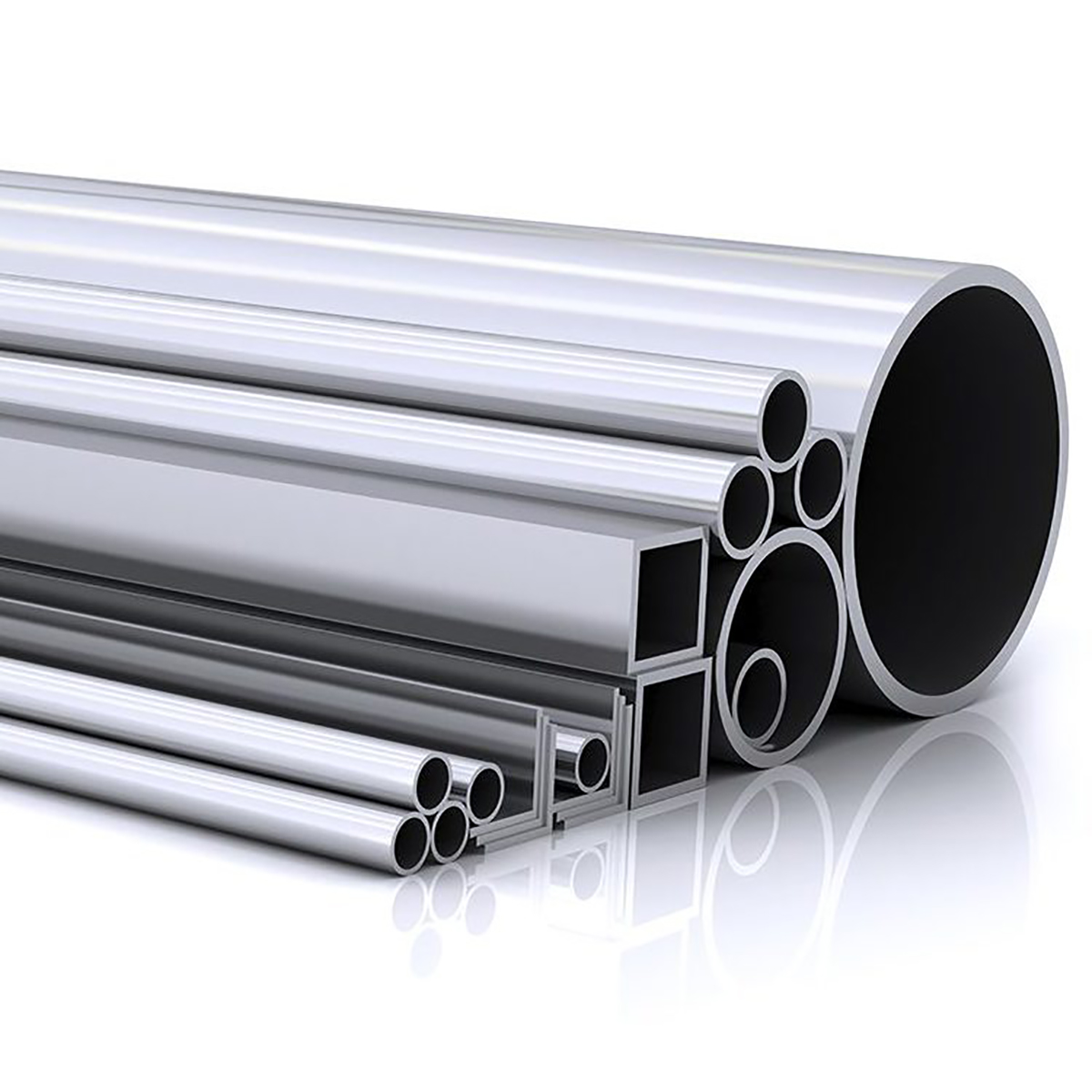

Microstructure and mechanical behavior of laser additive manufactured AISI 316 stainless steel stringers. Formation of ultrafine grained microstructure in the austenitic stainless steel and its impact on tensile properties. Tensile properties of a nanocrystalline 316L austenitic stainless steel. Mechanical behavior of additive manufactured, powder-bed laser-fused materials. Advances in the Hopkinson bar testing of irradiated/non-irradiated nuclear materials and large specimens. Strengthening austenitic steels by using nanotwinned austenitic grains. Enhanced fatigue properties of nanostructured austenitic SUS 316L stainless steel. Ueno, H., Kakihata, K., Kaneko, Y., Hashimoto, S. 316L austenite stainless steels strengthened by means of nano-scale twins. Effect of partial solution nitriding on mechanical properties and corrosion resistance in a type 316L austenitic stainless steel plate.

Nakanishi, T., Tsuchiyama, T., Mitsuyasu, H., Iwamoto, Y. TEM studies of dislocation substructure in 316 austenitic stainless steel strained after annealing in various environments. Tensile characteristics of nitrogen enhanced powder injection moulded 316L stainless steel. Normalised model-based processing diagrams for additive layer manufacture of engineering alloys. Formation of metastable cellular microstructures in selective laser melted alloys. Microstructure and corrosion resistance of laser additively manufactured 316L stainless steel. Density of additively-manufactured, 316L SS parts using laser powder-bed fusion at powers up to 400 W. Laser powder-bed fusion additive manufacturing: physics of complex melt flow and formation mechanisms of pores, spatter, and denudation zones. Multiprocess 3D printing for increasing component functionality. Heterogeneous lamella structure unites ultrafine-grain strength with coarse-grain ductility. Evading the strength- ductility trade-off dilemma in steel through gradient hierarchical nanotwins. Strength and ductility of 316L austenitic stainless steel strengthened by nano-scale twin bundles. Revealing extraordinary intrinsic tensile plasticity in gradient nano-grained copper. High tensile ductility in a nanostructured metal. Ultrastrong steel via minimal lattice misfit and high-density nanoprecipitation. Brittle intermetallic compound makes ultrastrong low-density steel with large ductility. Designing metallic glass matrix composites with high toughness and tensile ductility. A fracture-resistant high-entropy alloy for cryogenic applications.
STAINLESS CRACK
Bone-like crack resistance in hierarchical metastable nanolaminate steels.

Creep-resistant, Al2O3-forming austenitic stainless steels.

Inverse temperature dependence of toughness in an ultrafine grain-structure steel. Metastable high-entropy dual-phase alloys overcome the strength–ductility trade-off. This work demonstrates the potential of additive manufacturing to create alloys with unique microstructures and high performance for structural applications. In addition, solute segregation along cellular walls and low-angle grain boundaries can enhance dislocation pinning and promote twinning. High strength is attributed to solidification-enabled cellular structures, low-angle grain boundaries, and dislocations formed during manufacturing, while high uniform elongation correlates to a steady and progressive work-hardening mechanism regulated by a hierarchically heterogeneous microstructure, with length scales spanning nearly six orders of magnitude. Here we report that austenitic 316L stainless steels additively manufactured via a laser powder-bed-fusion technique exhibit a combination of yield strength and tensile ductility that surpasses that of conventional 316L steels. New metallurgical processing might offer the possibility of overcoming this. Many traditional approaches for strengthening steels typically come at the expense of useful ductility, a dilemma known as strength–ductility trade-off.


 0 kommentar(er)
0 kommentar(er)
